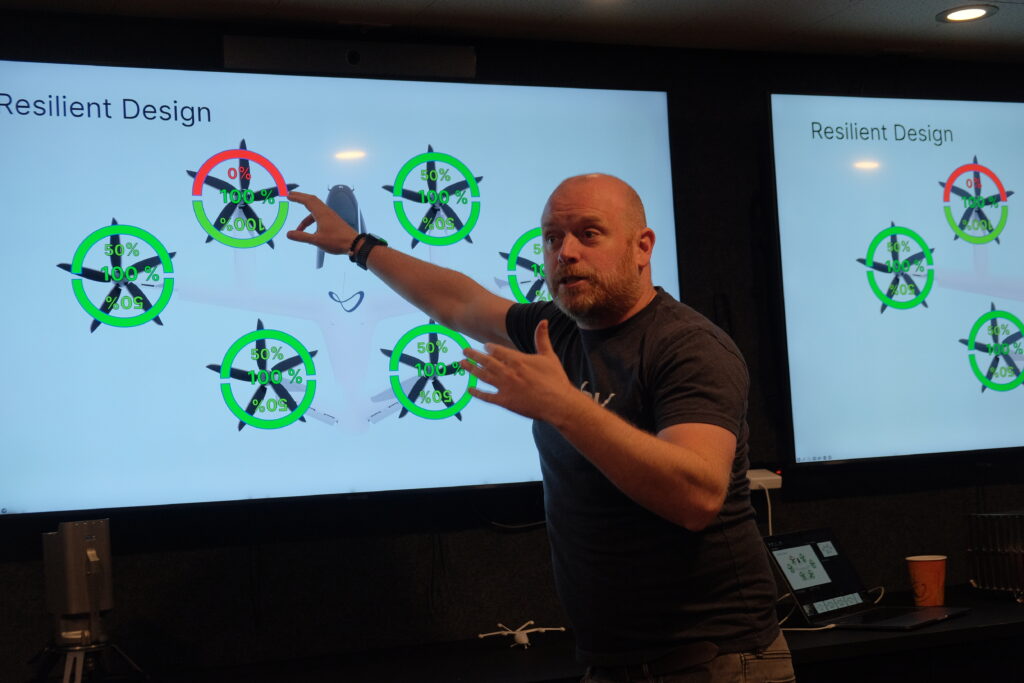9 New Schools Headed to NYC Include Sunnyside Film School
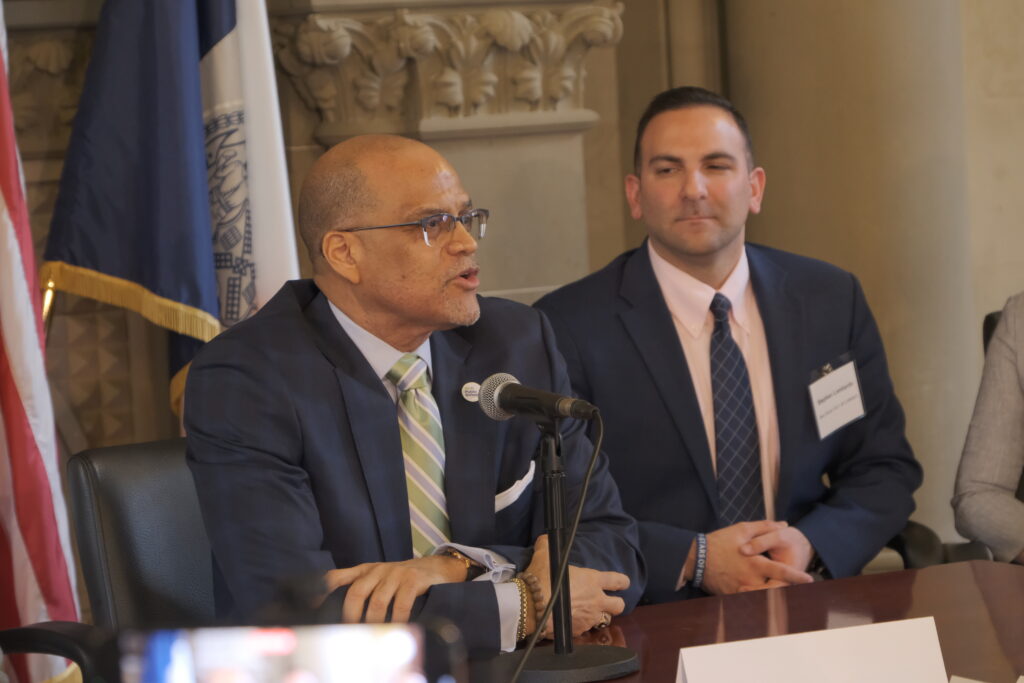
Chancellor David Banks at Tweed Courthouse. Credit: Charlie Finnerty
by Charlie Finnerty
In an event at Tweed Courthouse Thursday, schools Chancellor David Banks announced that nine new schools will open across the city this fall, including elementary, middle, high school and trade school programs. Seven will come to Brooklyn, including three middle schools, three public schools and a new Bard Early College High School campus. Queens will see a brand new technical high school specializing in motion picture production open in Sunnyside. The announcement shows a major investment in education from the city as the school system recovers from pandemic-era drops in enrollment.
“Whether as a teacher in the Bronx, a principal in Queens, I know what it feels like when we get it right for kids and this is truly exciting for me,” DOE Executive Director of the Office of School Design and Charter Partnerships Shawn Rux said in a speech to the press.
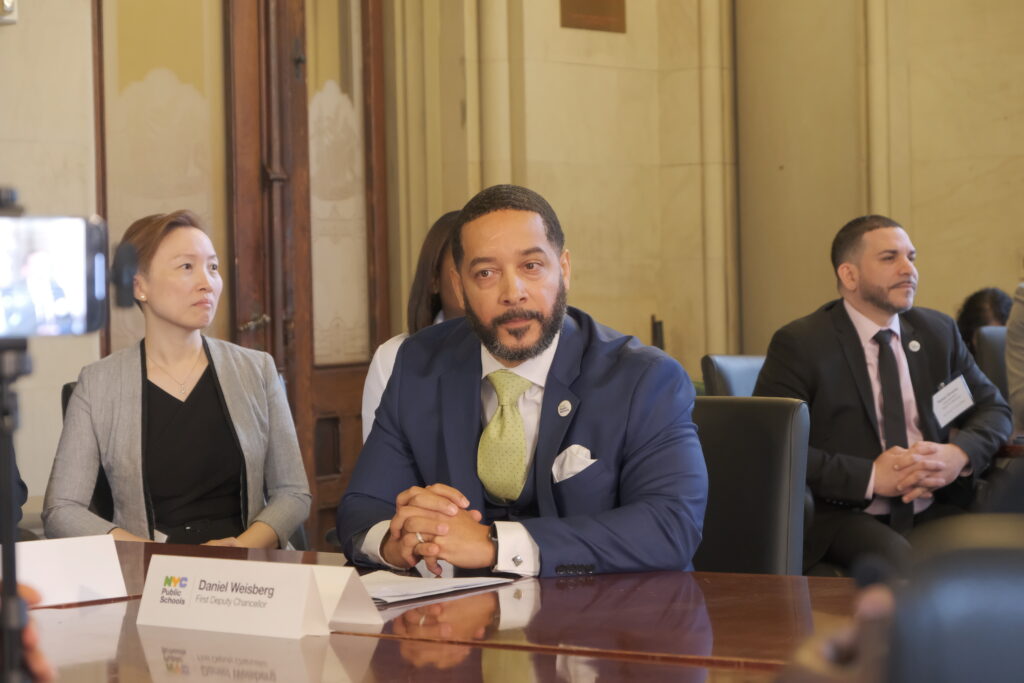
Shawn Rux at Tweed Courthouse. Credit: Charlie Finnerty
The Motion Picture Technical High School in Sunnyside will teach students how to navigate the film industry with an emphasis on highlighting diverse storytelling. Principal Kevin Lopez said classes will focus on “below-the-line” production roles, such as camera operators, set designers, editors and sound engineers, which often go unseen by audiences but are the foundation of any successful film project.
Several of the new schools will open in Bay Ridge, where educators say there is a high level of need, particularly for English as a second language (ESL) classes for the area’s immigrant communities. Saher Said, who will serve as principal of P.S. 413 at 6740 3rd Ave., said his school will offer ESL classes for both children and adults. M.S. 428 in Brooklyn will offer dual-language classes for Spanish and Chinese-speaking students.
P.S. 331 will open at 6312 13th Ave. with an emphasis on entrepreneurship and advocacy. At the event, Principal Lisa C. Lin passed out shark keychains to promote the school’s Shark-Tank-inspired entrepreneurship competition for students.
M.S. 407 will open at 650 86th St. and will focus on sciences and research curriculum. Principal Stephen Lombardo said M.S. 407 graduates will have the skills and tools necessary to navigate the ever-changing worlds of technology and sciences.
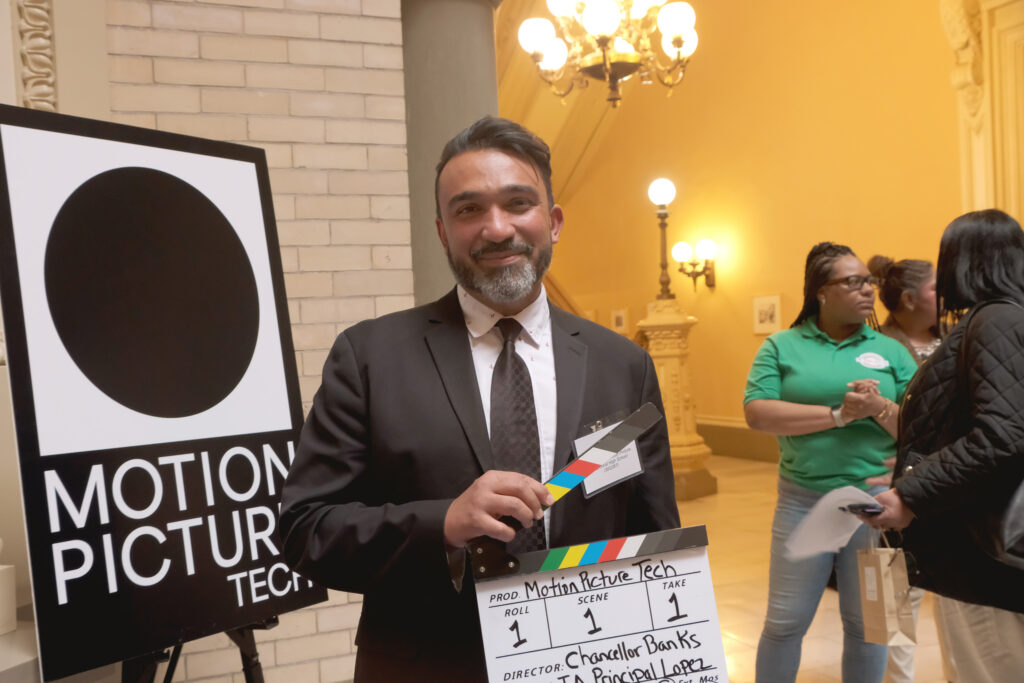
Motion Picture Technical High School Principal Kevin Lopez. Credit: Charlie Finnerty
A highly-anticipated new Bard Early College campus in East New York will join the network of existing Bard campuses in Manhattan, Queens and the Bronx, offering students the opportunity to take college-level courses and an intensive seminar-based writing curriculum.
P.S. 482 Albee Square Montessori Public School in Downtown Brooklyn will offer a Montessori curriculum for the first time in the city’s public school system.
“These nine schools really push the boundaries of traditional education models,” Rux said. “They are cutting edge. They are unique. And they are directly responsive to what we know and continue to hear from our students and communities about what they need.”
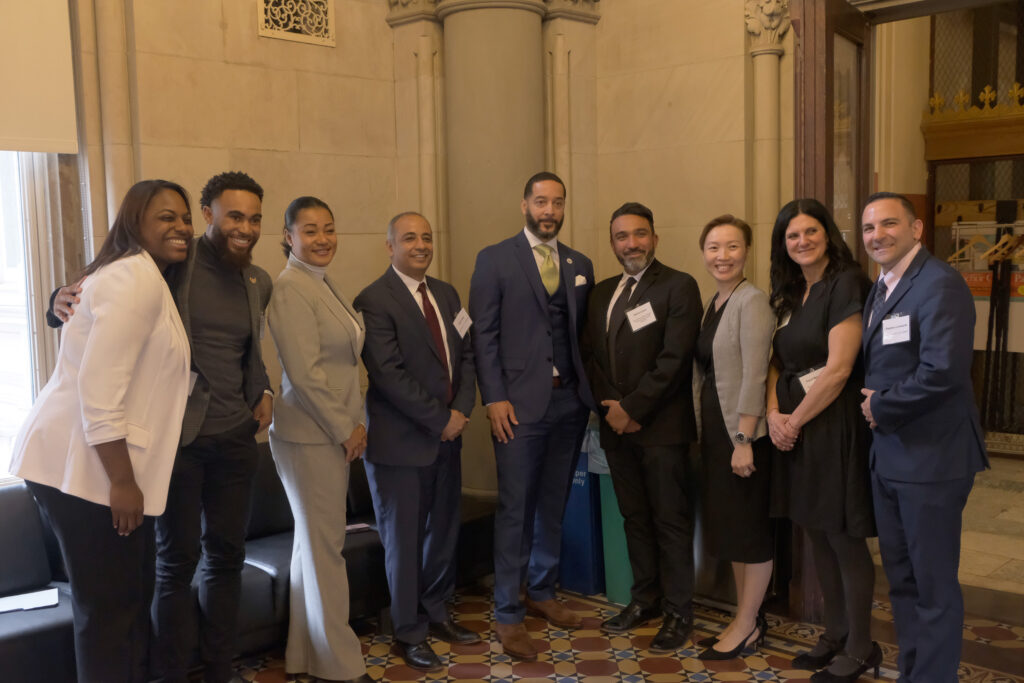
The principals of the new schools with Shawn Rux. Credit Charlie Finnerty




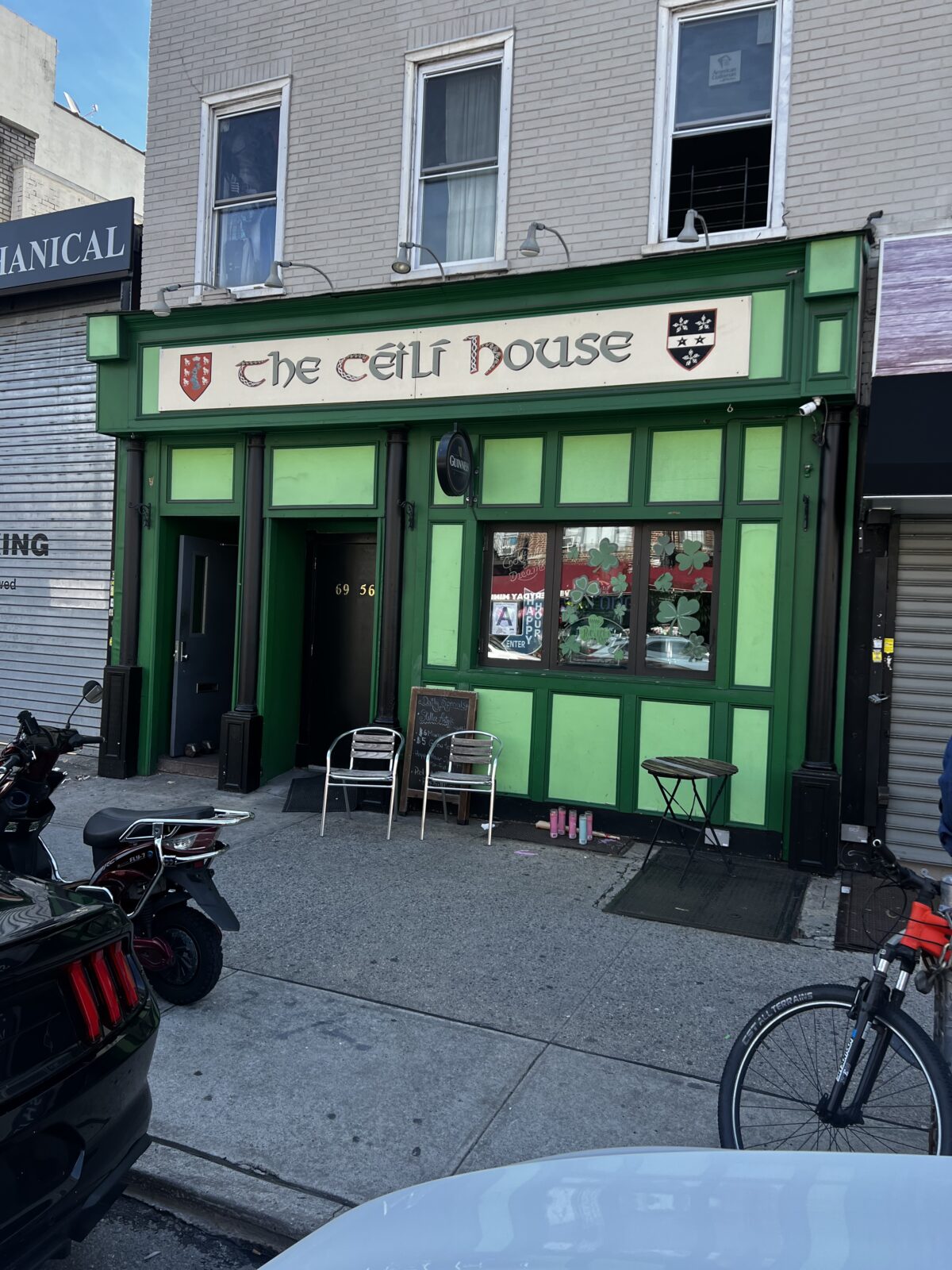
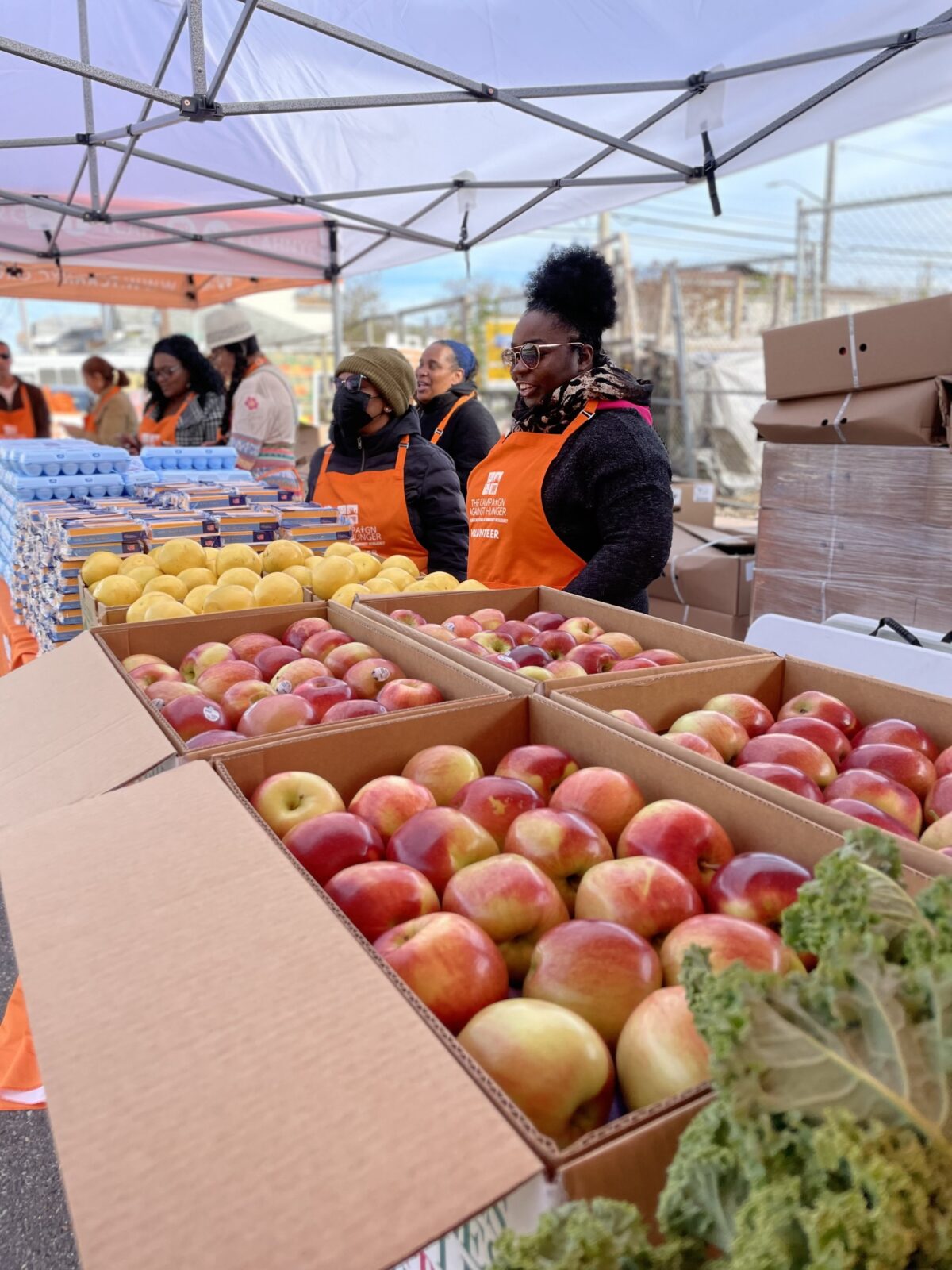
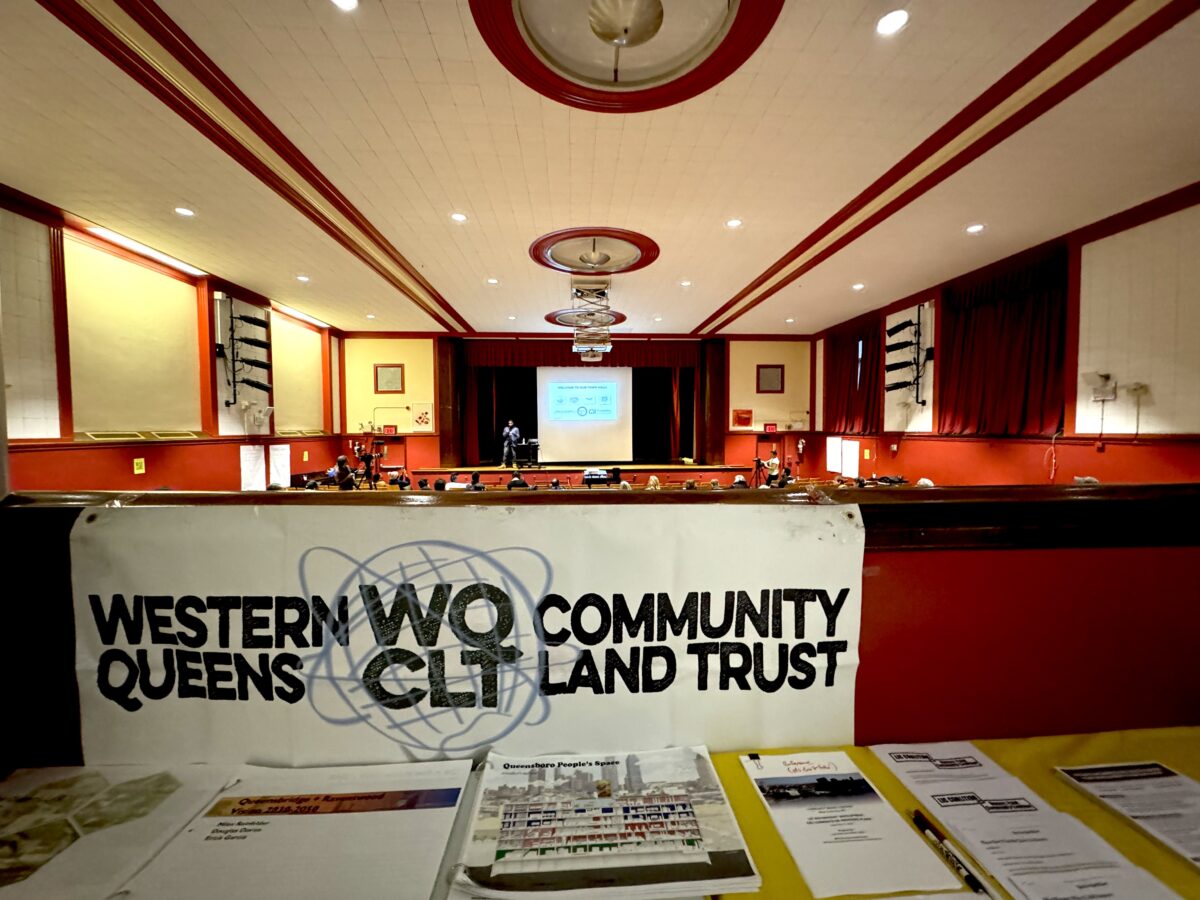
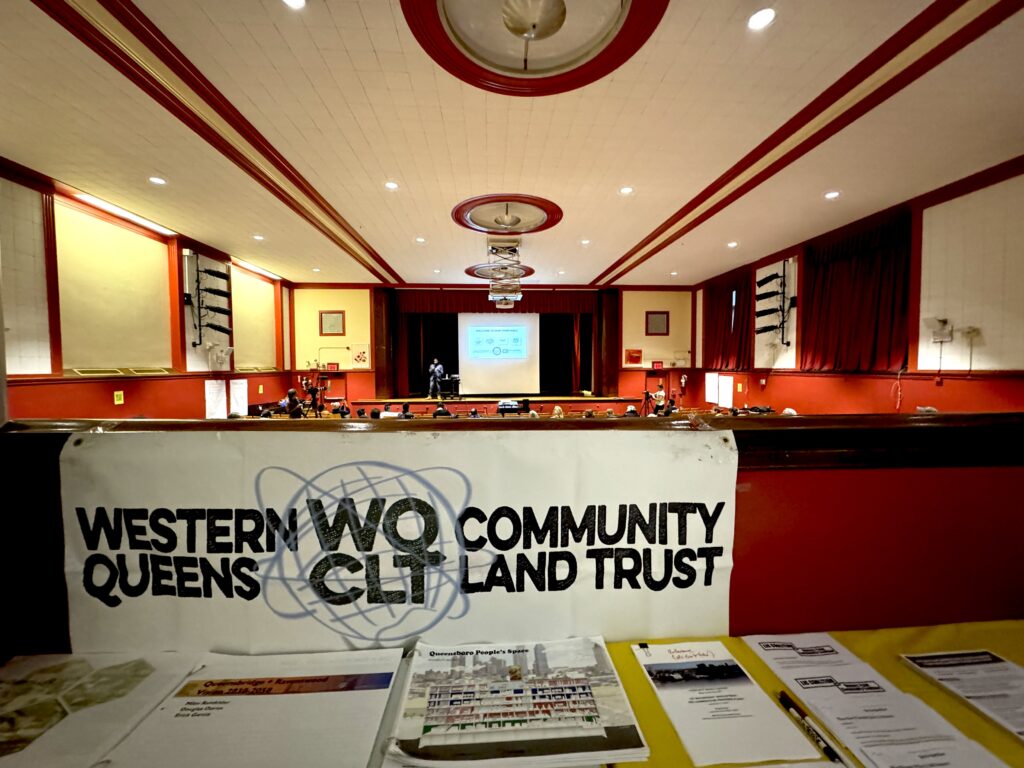
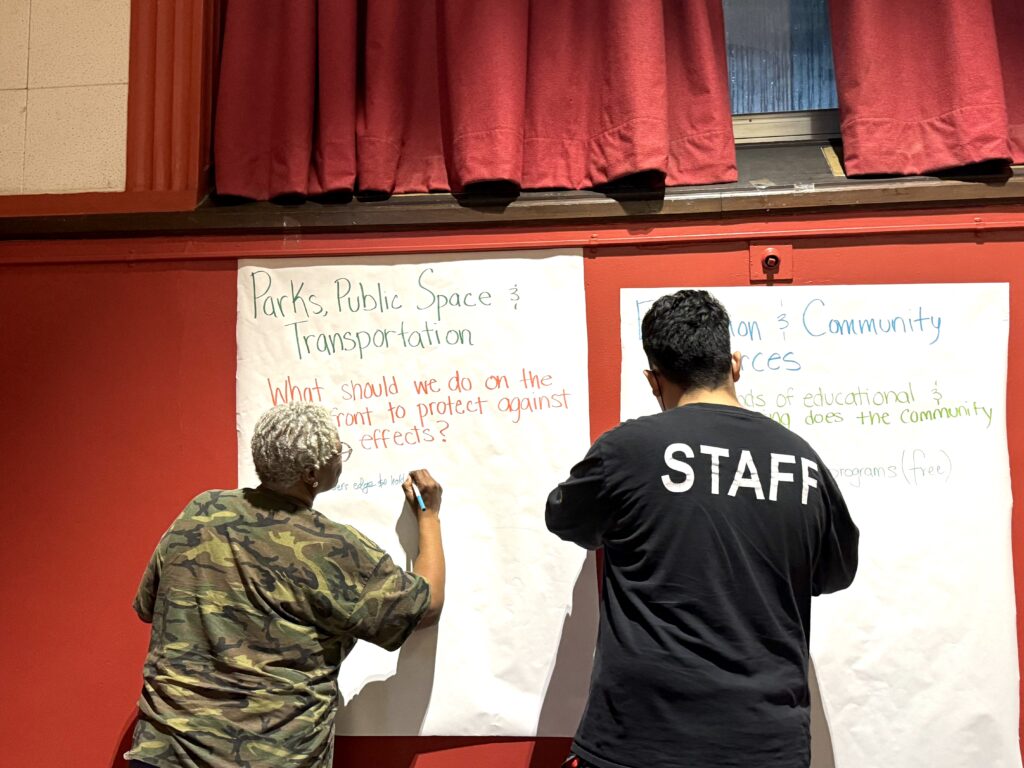
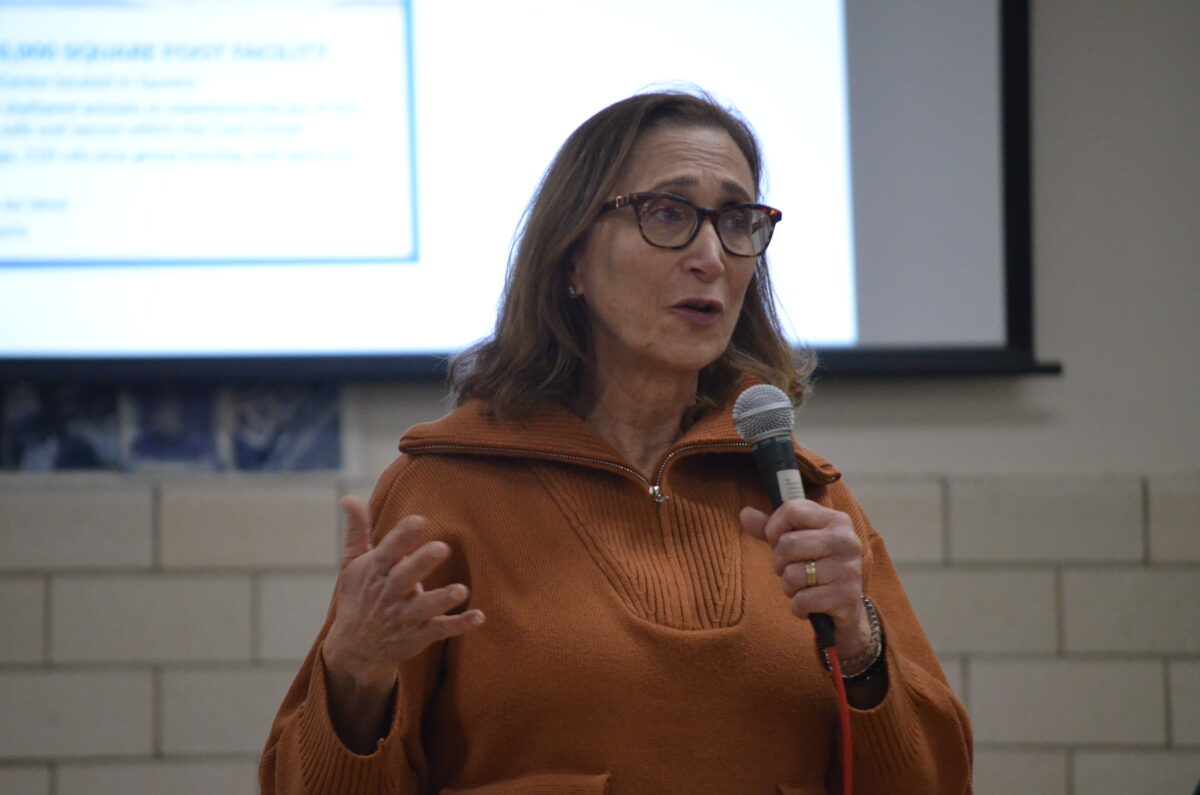

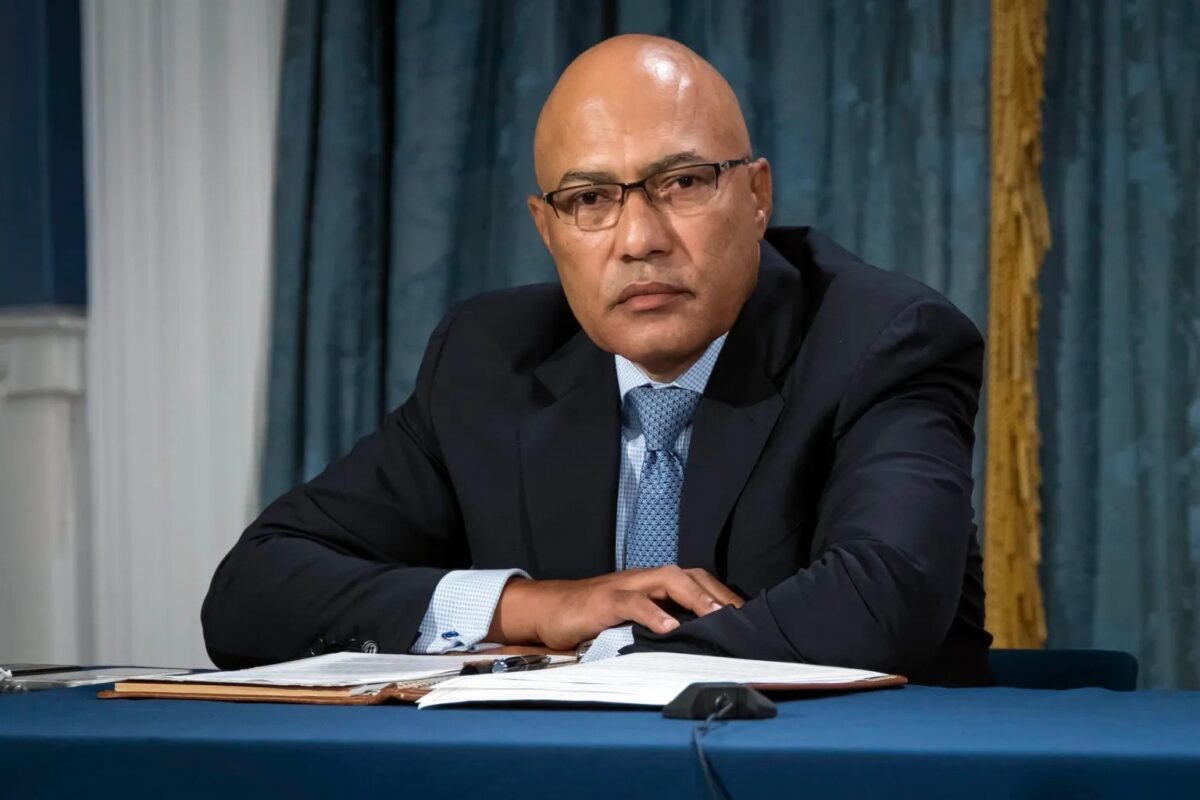
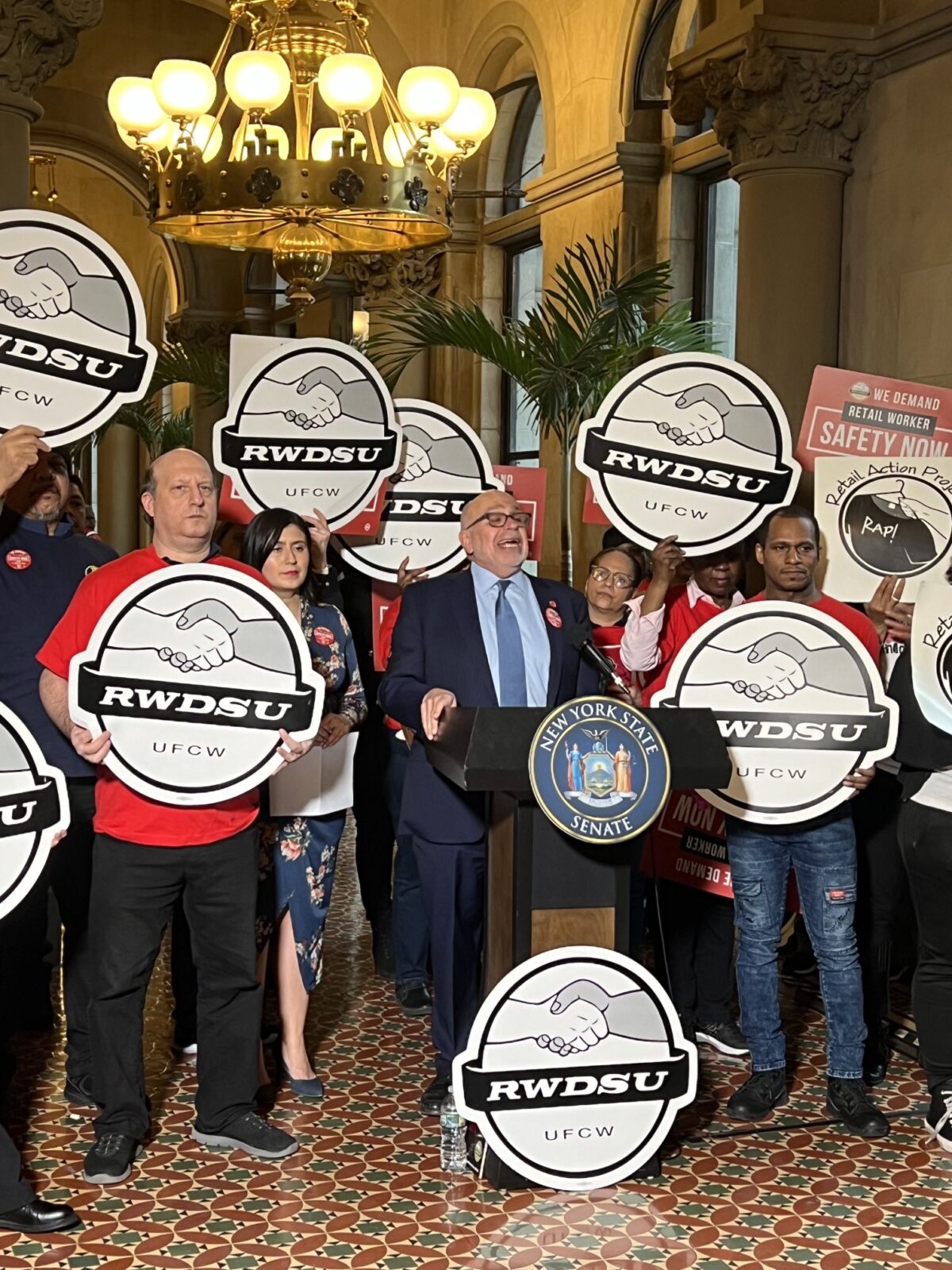
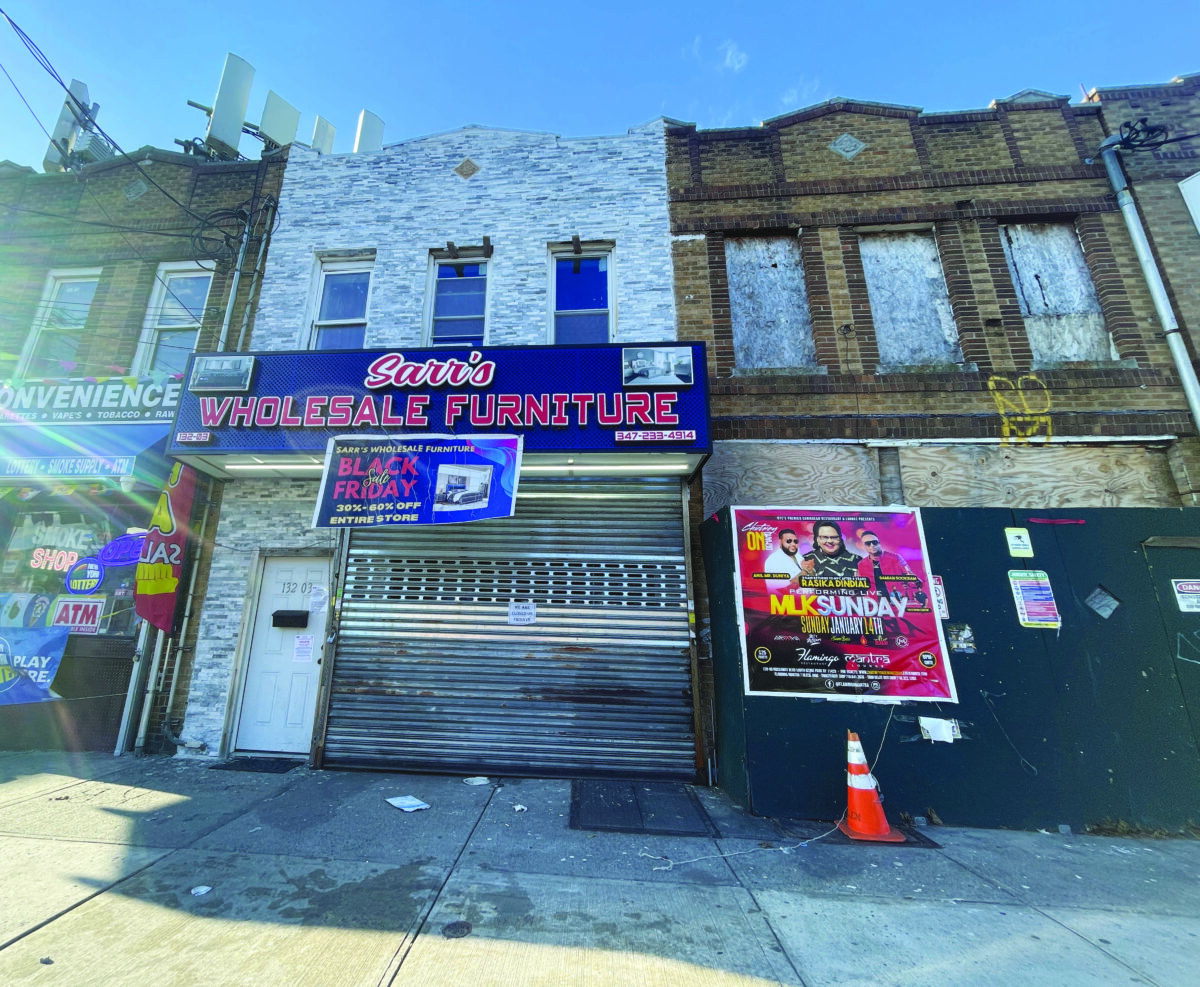
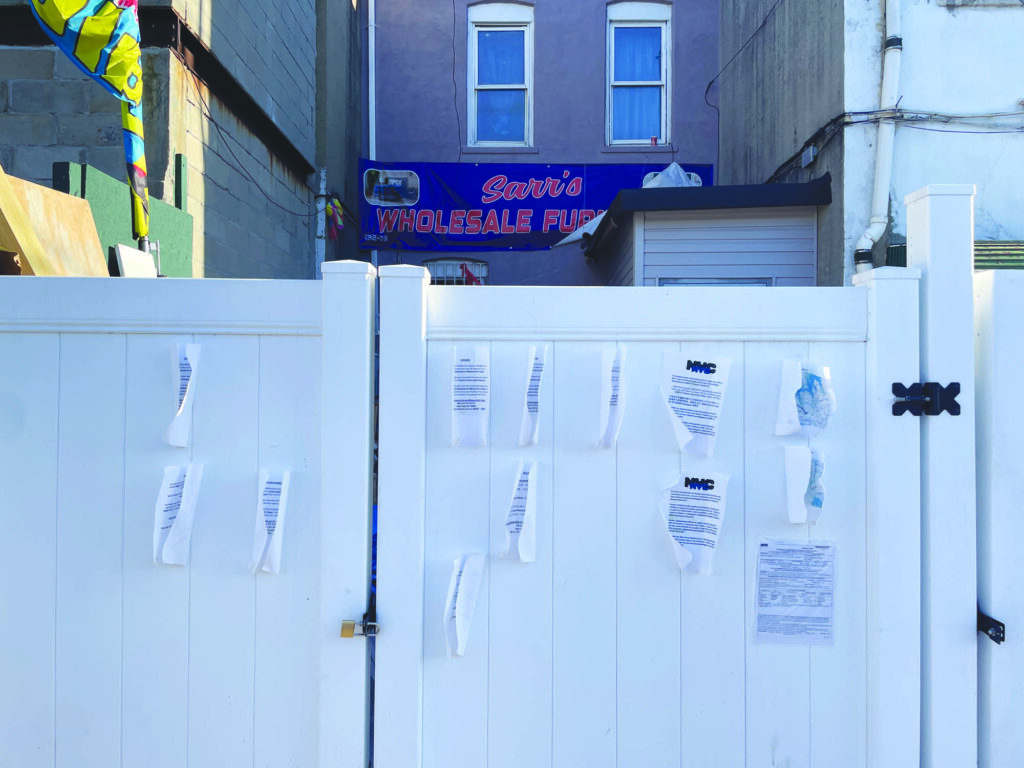

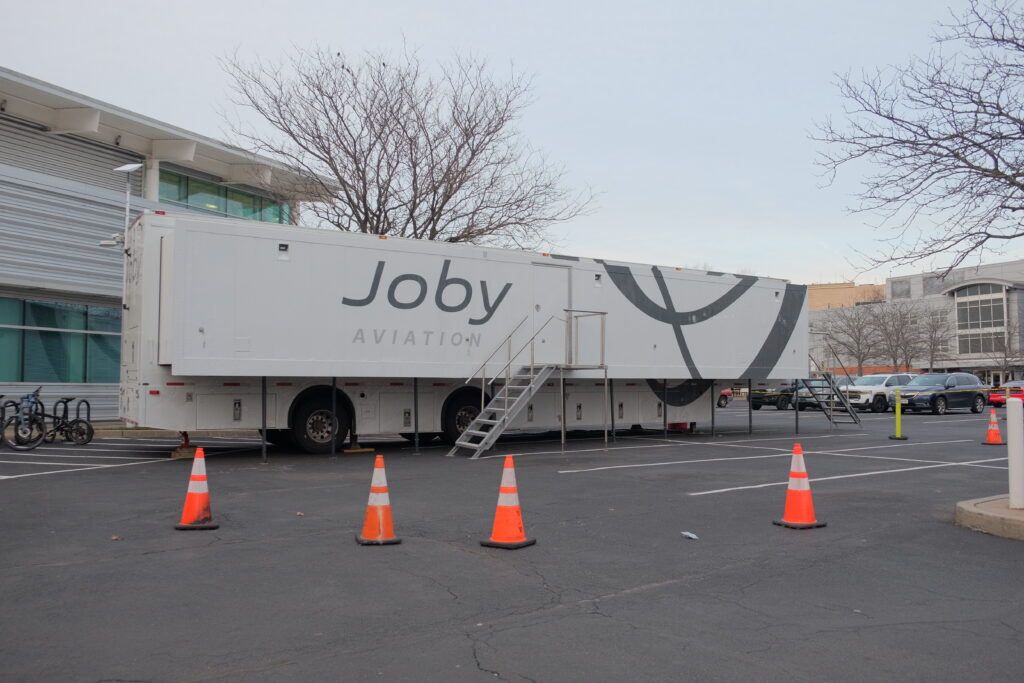
 The aircraft borrows inspiration from several forms of air travel, using vertical takeoff that resembles that of a helicopter, forward-thrust gliding travel at speeds around 200 mph similar to a conventional airplane and a visual form factor that may remind many viewers of commercially available drones. The largest influence though, according to Sleeper, is the Bell Boeing V-22 Osprey, an aircraft first used by the American military in 2007 that combines the vertical takeoff and landing functionality of a helicopter with the long-range, high-speed cruise performance of a turboprop aircraft. Both Joby and the Osprey accomplish this with articulating rotors that shift from vertically positioned for lift during takeoff to a frontwards-facing position during flight to achieve smoother and faster flight than a helicopter could ever achieve.
The aircraft borrows inspiration from several forms of air travel, using vertical takeoff that resembles that of a helicopter, forward-thrust gliding travel at speeds around 200 mph similar to a conventional airplane and a visual form factor that may remind many viewers of commercially available drones. The largest influence though, according to Sleeper, is the Bell Boeing V-22 Osprey, an aircraft first used by the American military in 2007 that combines the vertical takeoff and landing functionality of a helicopter with the long-range, high-speed cruise performance of a turboprop aircraft. Both Joby and the Osprey accomplish this with articulating rotors that shift from vertically positioned for lift during takeoff to a frontwards-facing position during flight to achieve smoother and faster flight than a helicopter could ever achieve.